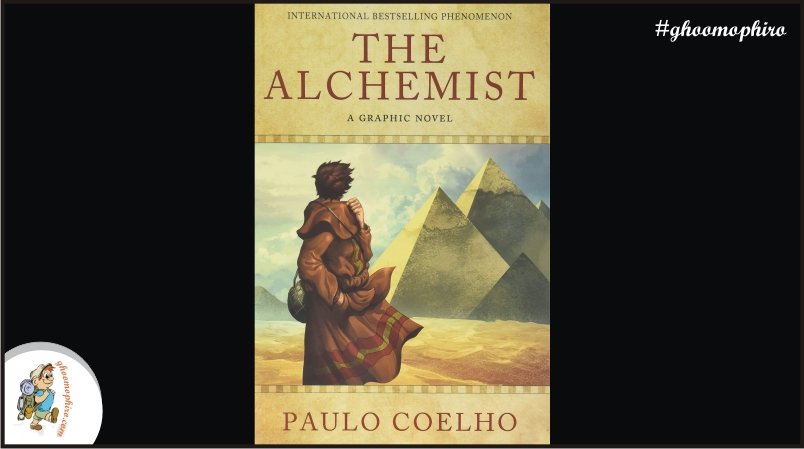Travelling is way more than what it seems from a distance. From an average person’s point of view, it may look like an utter waste of money while asking a wanderer, he will tell you how traveling is more than a hobby, it’s a way of life. It’s subjective really. But one thing is for sure, every 4 in 5 people travel either to pass the time or to connect with some people from a different culture and a different land. There are many books that got written on the importance of traveling in one’s life. And in case you are looking to become one of those wanderers, here are our recommendations.
The Alchemist– If you are into even a little bit of reading, there is no chance that you have never heard of The Alchemist. Written by Paulo Coelho, this book follows the story of a shepherd boy who travels the world in search of a treasure. The novel will arouse the inner traveler in you for sure.

Love With a chance of Drowning– Torre Deroche, one of the most famous travel bloggers of our times, has authored the book. It’s basically a book based on love stories but the wanderlust quotient is quite high with this one. This is one of the best travel books ever.
On the Road– Jack Kerouac authored this great novel in the year 1957 and since then, it is known as a classic. The lead character in the story is a wanderer and his state of mind is extremely identifiable as he just wants to travel the world in search of himself.
Unlikely destinations- The book was written by the founders of the best travel portals lonely planet. They have researched greatly and this happens to be one of the very few books that will invoke the inner traveler in you.
The Beach- Apart from The Alchemist, this one is the most popular travel junkies favorite novel of all times. Alex Garland weaved a great story around the search for the paradise. This one is a sure shot winner.
Vagabonding- Authored by Rolf Potts, this one is strictly for those who are unaware of the long-term travels. This one will make you crave for a trip into the unknown.
In a sunburned country- One of the most prominent names in the travel writing, Bill Bryson has written this masterpiece. The book is about a journey through Australian lands.
Seven Ages of Paris- This book takes inspiration from the history of Paris and takes you on a journey through the middle-aged Paris to the 20th century modern Paris.
Cruising Altitude– Heather Poole has written the book and chronicles the life and adventures of a flight attendant. This is all about wanderlust and will take you places as you move through the pages.
Paris was ours- Another book on the most beautiful city on the planet, Paris Was Ours happens to be written by Penelope Rowlands and tells the story of 32 writers from all across the world who travels to the city.
All the travel buffs must read the above-mentioned books once in a lifetime. These books can evoke certain emotions in you that you never knew existed and there are chances that you will start to see traveling in a whole new light.